BLOG |
|
If you haven’t heard about the idea of supplementing with probiotics--bacterial strains--the concept can be a little off-putting, especially in mainstream North American society which is generally fearful of germs. But probiotic supplements have been gaining popularity, earning the rank of third most popular natural product for both adults and kids in the 2012 National Health Interview Survey.
Tomorrow is Thanksgiving Sunday, and my first day off the Whole 30 program! I am excited to broaden my food choices, but it doesn't mean I want to eat a ton of grains and dairy -- even if these are now allowed! While my mom is making her classic pumpkin pie recipe for tomorrow's dinner, I thought I would dabble in some of the paleo-style "treats" and make myself a paleo pumpkin pie! I found this recipe online, which seemed well-reviewed, and I went for it! It took no time at all to whip up, and as you can see from the picture above, it turned out pretty well! The recipe made enough filling for two pies so I just baked the extra filling in a separate dish. I sampled a corner tonight and it was delicious, but the pie will have to wait until tomorrow!
So if you're looking for a healthier alternative this year, give this one a whirl! I doctored up the spices a bit; instead of the pumpkin pie spice, I added 2 tsp cinnamon, 1.5 tsp peeled, grated fresh ginger, 1/4 tsp ground cloves, 1/2 tsp nutmeg. Everything else was done by the book! Enjoy! PALEO PUMPKIN PIE (from this website) Servings: 9 -inch pie Author: Cook Eat Paleo INGREDIENTS For the crust
For the pie
INSTRUCTIONS
Aaaah, smell that sweet air! It’s finally fall! One of the best parts of autumn is that there are so many fruits and vegetables that are harvested at this time of year, which means there is an abundance of fresh, delicious foods just waiting to be eaten.
Most people don’t know this secret about naturopathic medicine: Every naturopathic doctor has an ally in the room when they’re with a patient.
Want to guess what it is? It’s not some special book. It’s not a fancy online resource, nor is it a strange old-timey medicine. Nope. It exists within the patient themselves: it is the wisdom and ability of the body to heal. It might sound weird, but in today’s world, we often forget to breathe. Not just the type of breathing that we do automatically (which keeps us alive), but the deep, belly breaths that fill our lungs completely.
Many common habits lead to shallow breathing, which can lead to feelings of stress and anxiety. Using smartphones, computers, chronic “busy-ness,” having a sedentary lifestyle--all of that results in us not using our lungs to their full potential. Most of the time, we don’t even notice we’re breathing shallowly. The next time you spend more than a couple minutes looking at a smartphone, try to tune in to your breathing. Do you get really still, taking shallow, quiet breaths? If so, it's due to a mixture of concentration and subconscious efforts to stabilize the tiny screen. The amount of time per day that we all use these devices adds up to hours of breathing shallowly, which can make us feel more anxious and less grounded. Breathing deeply has measurable positive impacts on our physiology. When we fully inhale and fully exhale, it increases something called heart rate variability. Heart rate variability is essentially a measure of how responsive your heart is to physiological changes, and the more responsive the heart is to those changes, the healthier it is. A person’s heart rate naturally increases with inhalation, and naturally decreases with exhalation. The more often we take big, deep breaths, the better our hearts get at changing rates and reacting appropriately to our environment. If our hearts are responsive to these small changes, that means the heart can adapt to the larger physiologic changes that happen during exercise and stressful situations, which is very important for long-term cardiovascular health. Another way that deep breathing can positively impact our physiology is to activate something called the parasympathetic nervous system. This part of our nervous system is responsible for the functions of “resting and digesting,” and helps us feel relaxed, helps us properly extract nutrients from the food we eat, and generally helps us feel calm. Next time you feel stressed or anxious, take a minute to tune into your breathing. Are you breathing shallowly? If so, try taking a few deep breaths and see if it helps you feel a little better. Give it a try:
If you struggle with anxiety or stress, schedule an appointment today to learn about more natural therapies that can help you feel better. Changing dietary habits can be a daunting task! It's also the number one way to feel more comfortable in your body, gain energy, say goodbye to chronic pain, resolve chronic disease, improve sleep, eliminate toxins, and so much more! Have you ever heard that "food is medicine"? It is! It can also be the most harmful poison we put in our bodies, depending on our choices. If you're tired of feeling lousy and ready to take some steps into a dramatic change, but don't know where to start, or need some extra motivation, I invite you to join me and the team at Momentum Health as we complete the Whole 30 challenge from September 8 - October 8. The Whole 30 challenge is a 30-day food plan consisting of:
It sounds simple and yet sticking with these changes can be difficult for people. The team at Momentum Health in Kelowna, BC, and I will be sharing recipes, tips, challenges, and moral support for anyone who would like to join us for this 30 day dietary "reset"! We've planned for the challenge to start right at the beginning of the school year and end before Thanksgiving! Wouldn't it be nice to head into fall feeling focused, mentally clear, and more energized? I think so too! We will be conducting FREE pre- and post-challenge measurements including weight, blood pressure and general health assessment for anyone who would like to join us. You do not need to be an existing patient to join! For more information about the Whole 30, check out their website. I also HIGHLY recommend the Whole 30 book, as it offers excellent guidance on recipe ideas, shopping lists, how to plan and prepare for the diet, what to expect when you start, and much more! For those who would like to join us in this challenge, come into Momentum Health at 1664 Richter Street on September 8 for your free health assessment. Be sure to follow me and Momentum Health on Instagram @dr.ericavolk and @momentumhealthkelowna for tips, recipe ideas, and moral support! You can also follow me on Facebook. For more information, please contact me at 778-760-3400. Back pain is one of the most common reasons people seek medical care today, and seems to be one of the most difficult things for modern medicine to effectively treat. Despite treatments such as pain relievers, injections and even surgery, many people have difficulty finding relief from their pain and must deal with unwanted side effects.
If you regularly seek care from alternative medical providers, you will know that the brain, emotional landscape and lifestyle factors play a much bigger role in the presence of pain than was originally thought. This is because of something called nervous system sensitization. The concept of nervous system sensitization means that once the body experiences pain, the pain signals can get stronger over time even if there is no active injury in that area of the body. The longer the pain signals are present, the more ingrained the pain signaling pathway becomes. The pain pathways are also strongly affected by emotions, stress and lifestyle factors. High levels of stress, anxiety or depression can worsen symptoms of pain. That’s why mindfulness-based therapies, and treatments that improve a person’s overall sense of wellbeing can have such a positive impact on back pain. The good news is there are plenty of alternative therapies that can effectively treat back pain, and they're gaining traction in the conventional medical world. New guidelines from the Center for Disease and Control and Prevention along with the American College of Physicians have encouraged doctors to advise patients to try "non-drug therapies" such as:
References
Every acute disease is the result of a purifying, healing effect of nature. I remember in medical school one of my professors asking, "Why haven't we found a cure for the common cold? Think about this for a moment. What does this mean?
“Depression is not due to a deficiency in These are wise words from a naturopathic doctor and former professor of mine in medical school. I couldn’t agree more! While antidepressant pharmaceuticals have their place in the treatment of depression, there are so many possible treatable causes that should be thoroughly evaluated, including (but not limited to):
If any of these factors are present, treatment addressing the cause could result in improved mood and quality of life. If you or someone you know suffers from depression, please schedule an appointment to find out how I can help you identify and treat the cause so you can experience the peace and joy that you were born to experience. Maybe you’ve seen these weird things around. They look like carrots but they’re purple or yellow or magenta, sometimes even almost black. To some, they can be a little off-putting—unknown vegetables make a lot of people uncomfortable, even grown-ups. Well, consider this your introduction to heirloom carrots.
|
Archives
December 2020
Categories
All
|
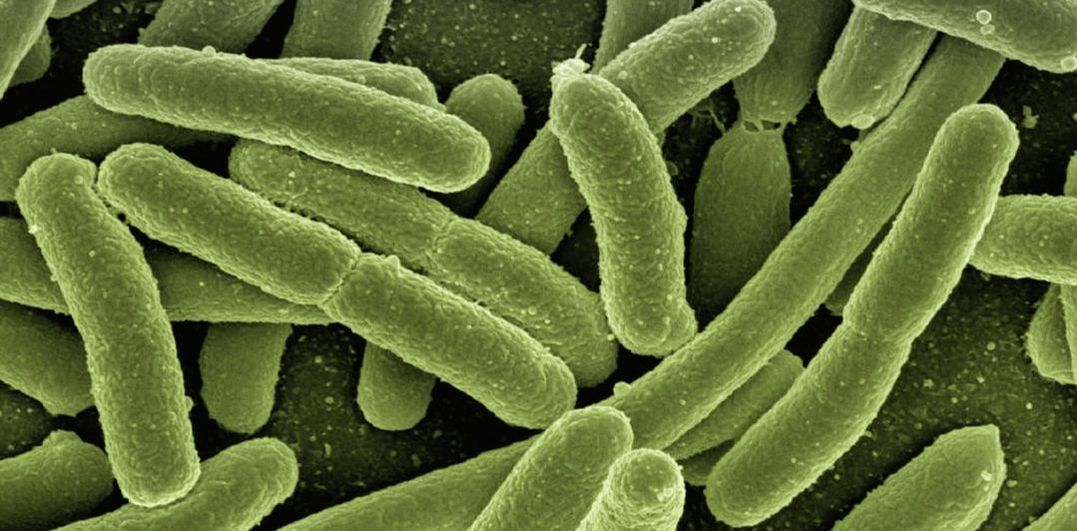




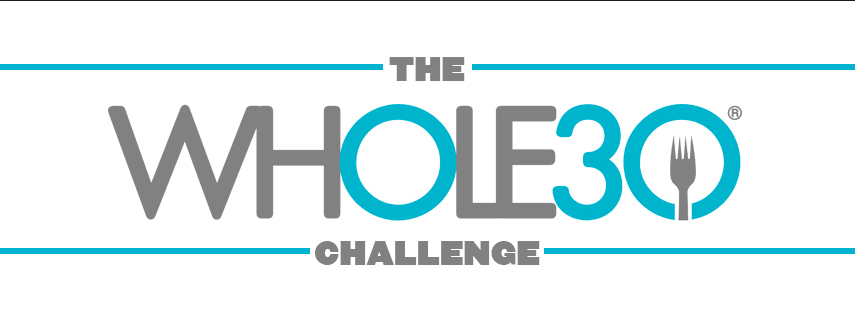
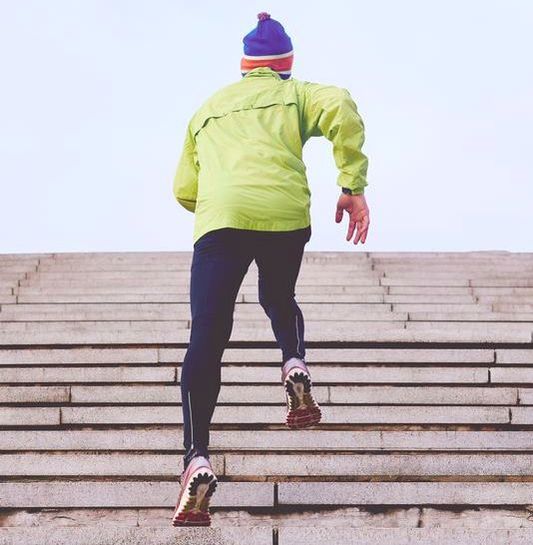
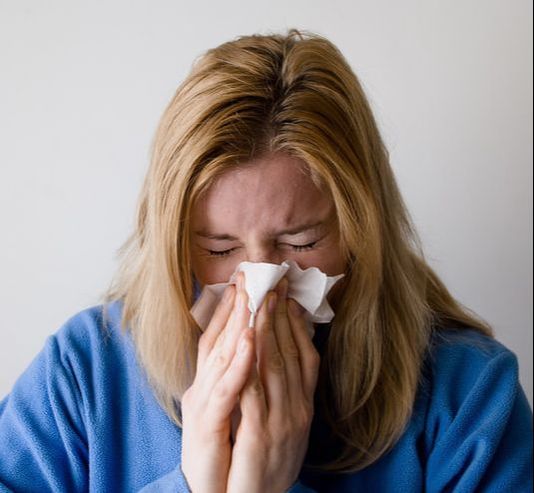
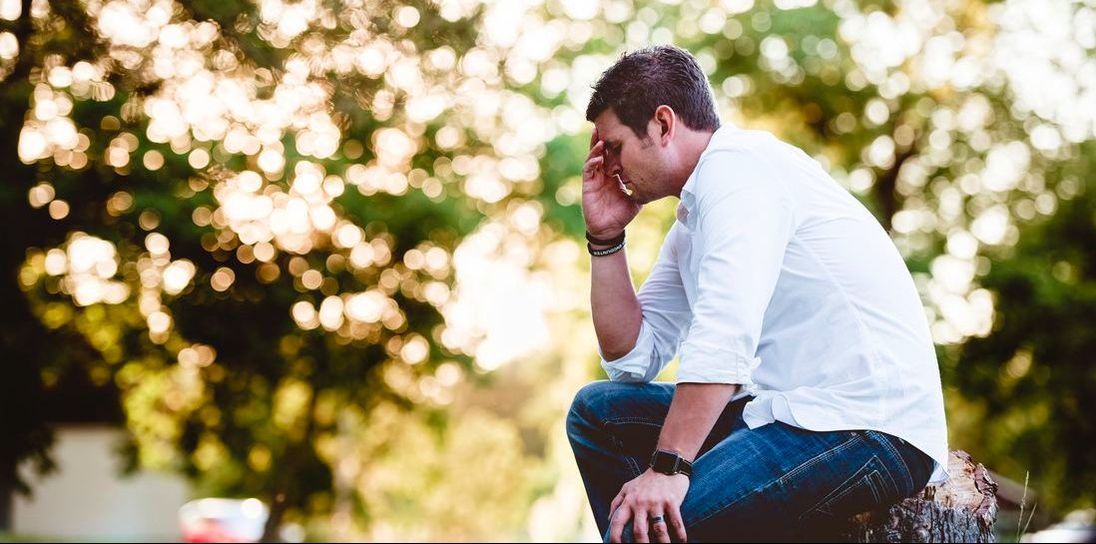
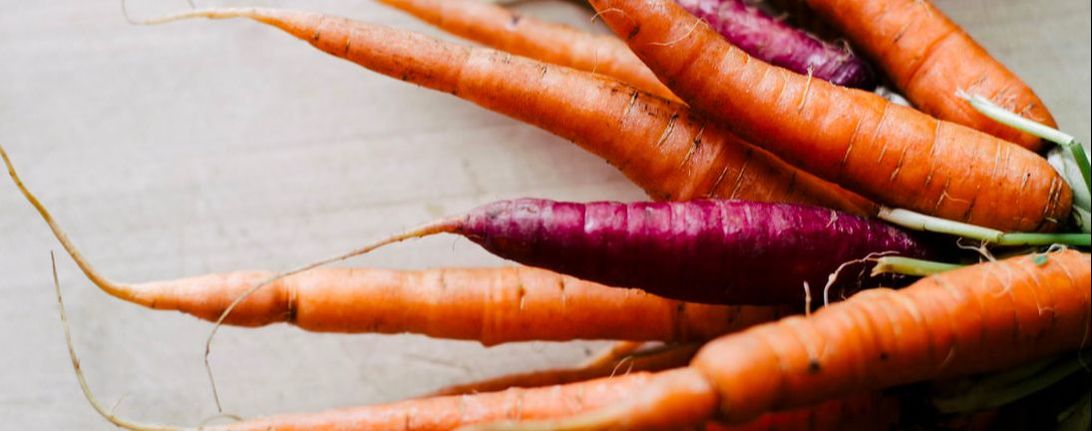
 RSS Feed
RSS Feed